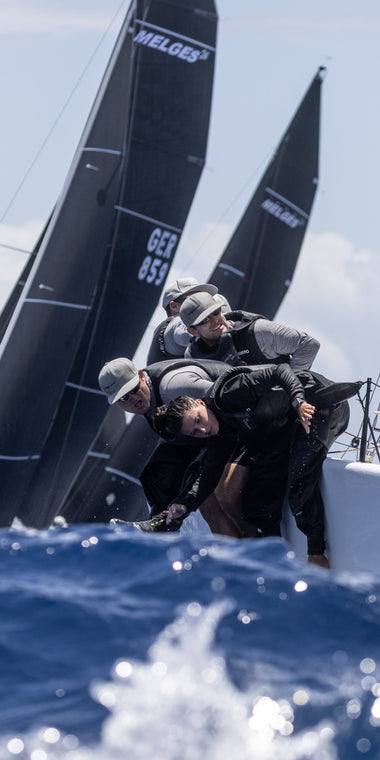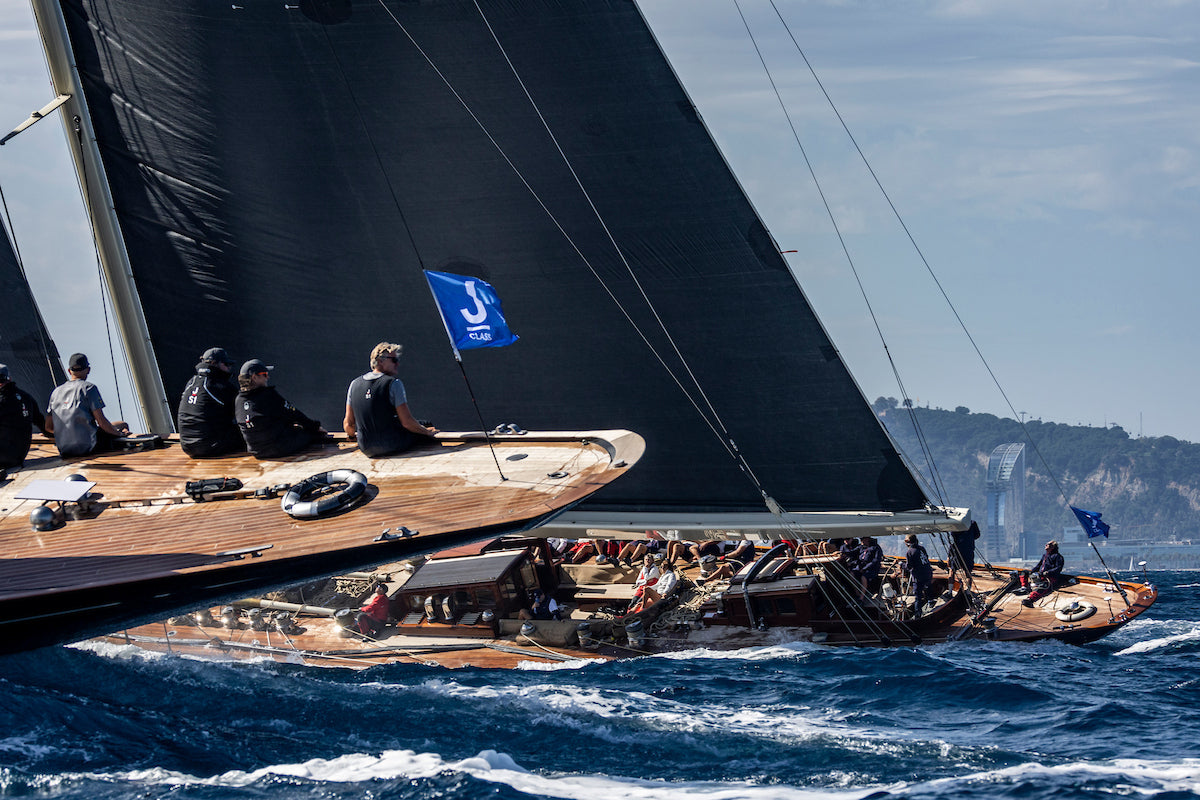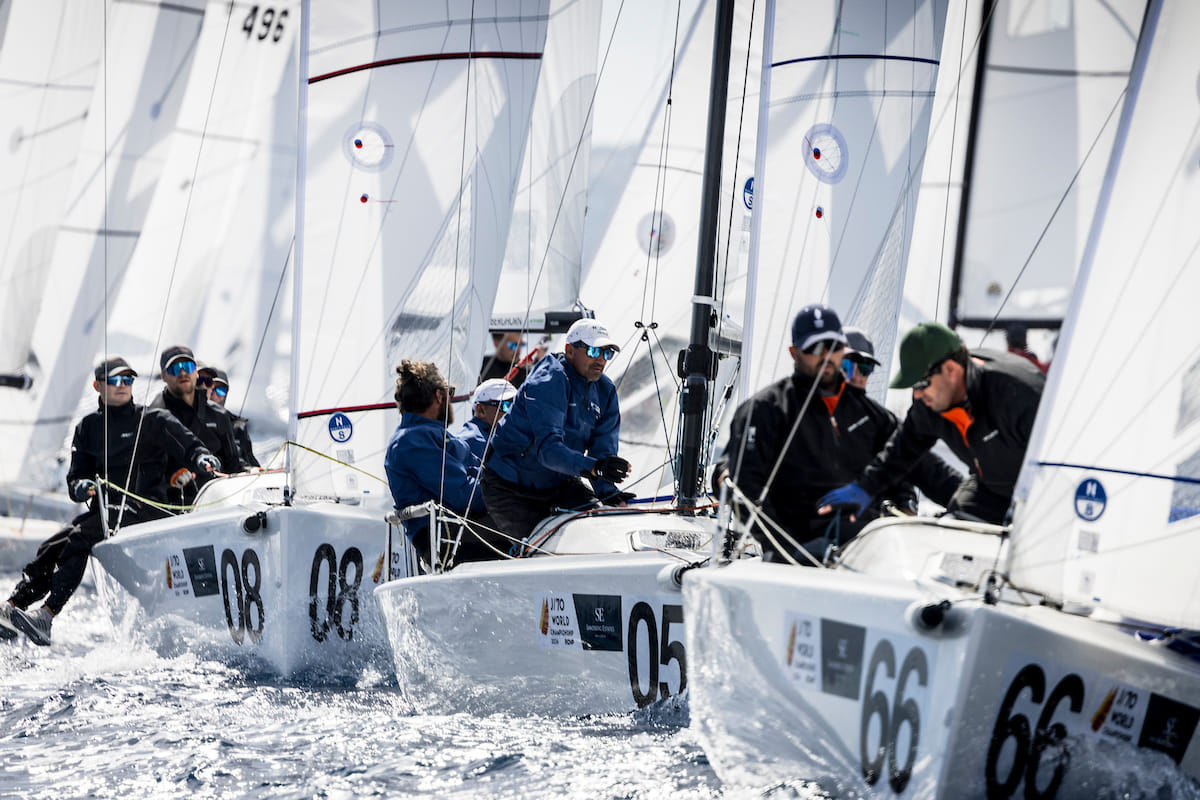#NSVICTORYLIST: TRANSPAC 2021
#NSVICTORYLIST: TRANSPAC 2021
Winning the 51st edition of the race from all angles
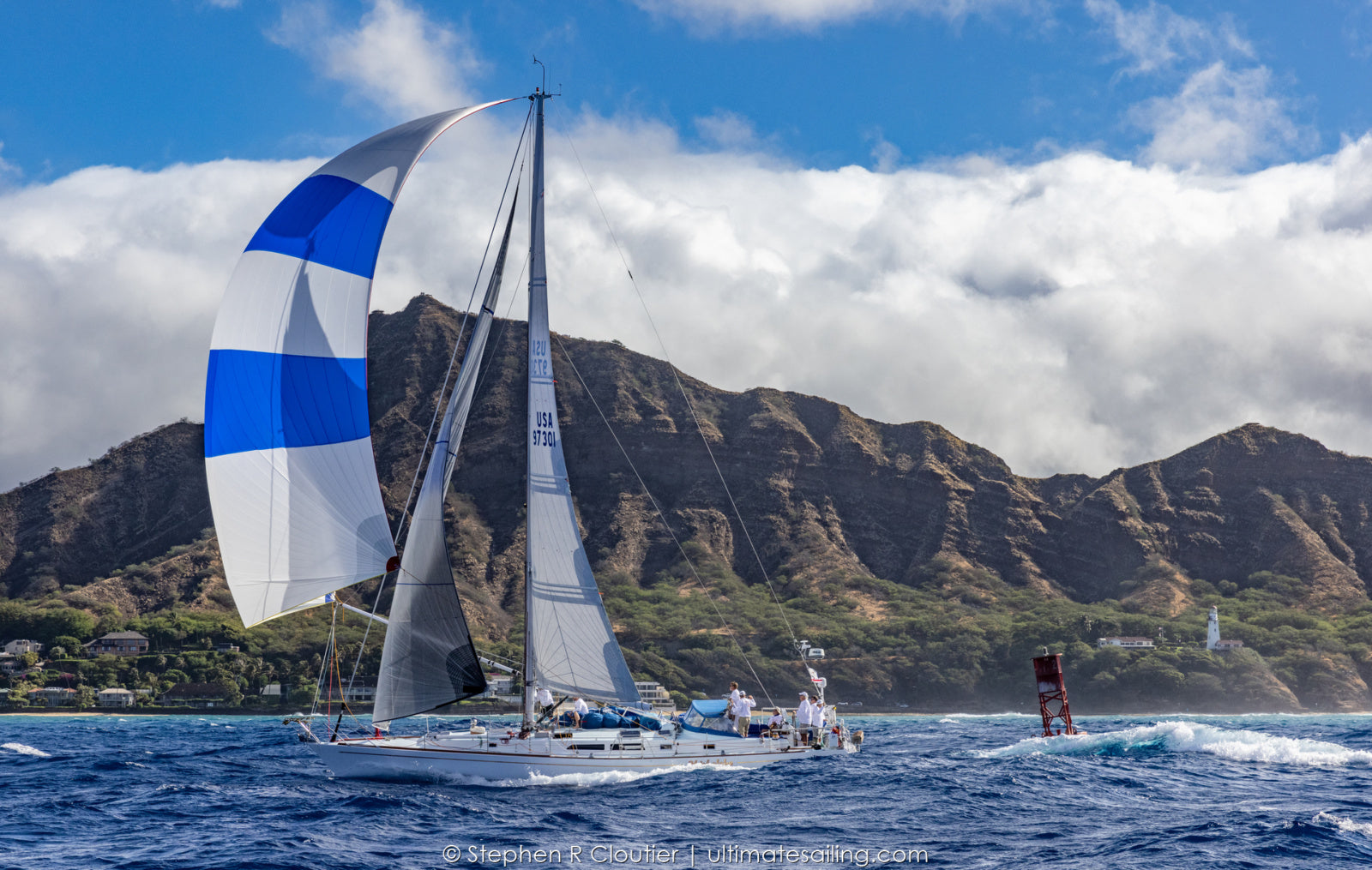
41 boats raced the 51st Transpac, and at first glance, especially for the Grand Prix boats, it was a pretty straightforward boatspeed race down the great circle rhumb line. Digging a little deeper, though, each division’s winning approach depended on the boat’s best downwind mode: from heated apparent wind angles for newer designs, to the more traditional dead downwind surfing that has always made the Transpac such an epic adventure.
First, though, the fleet had to get upwind around Catalina and as far north as possible—at least that was the plan on the TP52 Warrior Won, winner of the First to Finish Merlin Trophy (all manual power) and the King Kalakaua Trophy (first to finish on corrected time). Owner Chris Sheehan says they won the race by splitting from the pack early on and taking a more northern route. For this stretch, Warrior Won found power with their 3Di main and 3Di square head jibs, a unique design choice for a TP52.
“The other boats were getting very giddy under spinnaker, sailing low and fast,” Sheehan said. “In general, you want to get low to avoid any chance of touching the Pacific high just north of rhumbline. We were confident that it was a short term pain for long term gain, and there was enough breeze to stay very close to the rhumb line.”

Once the wind went aft, they jibed onto port. “We were behind the entire fleet of boats in our class, but we came down on them like thunder, going thirty percent faster on a better angle toward Hawaii. And that sends a signal: that, soon, you’re going to be in our rearview mirror for most of this race.”
After that, Warrior Won kept the pedal to the floor. “Planing is what allows us to correct out over non-planing boats,” Sheehan explains. “25 knots of breeze is the absolute sweetspot; we can sustainably sit at 23 knots of speed.” They were the third boat to finish off Diamond Head, a fantastic result for Sheehan’s first Transpac.
Sailing Hot, Hot, Hot
First to finish was Pyewacket 70, a modified Volvo 70 owned and sailed by Roy Disney. They were fully committed to apparent wind sailing; with true wind angles of around 145, the apparent wind would quickly clock forward to 70 degrees. Pyewacket used their new gear: triple-headed 3Di Helix headsails to win the Barn Door trophy for first to finish, combining either an A2 or A3 up front with a J4 in the middle, and an inner reaching staysail closest to the mast.
North Sails expert Brian Janney says, with this set up, they managed to fit in some quantified sail testing during the race. “We figured out the A3 is actually 5-6 percent faster
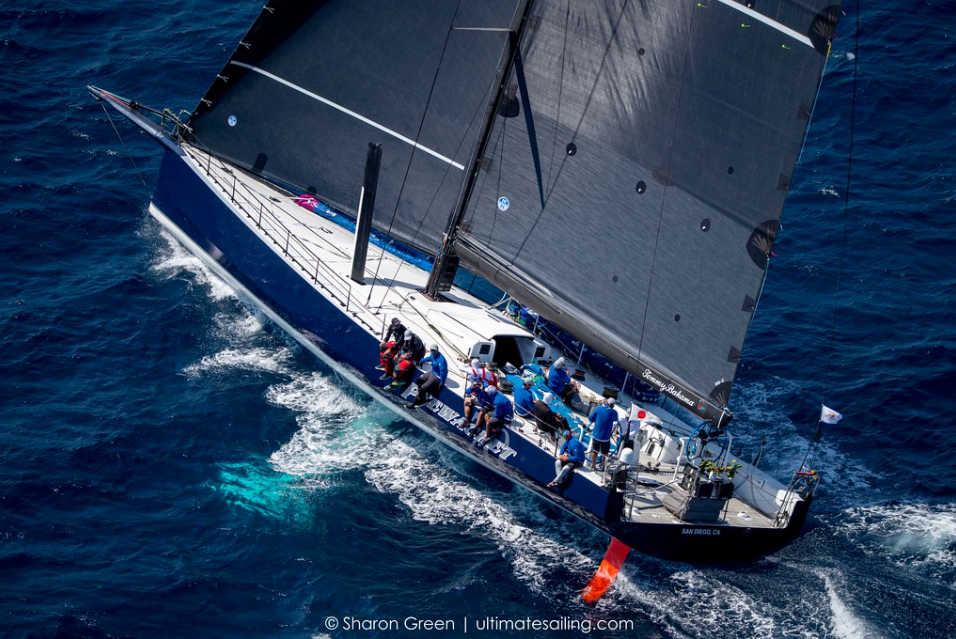
They also took a slight detour to set a new race record for a 505.75-mile run in 24 hours. “We did the math and figured out we couldn’t drop down or move up in the standings,” Janney explains. “And the weather was looking good. So we took a poll and Roy said, ‘let’s do it.’” Instead of jibing down the rhumb line with the rest of the fleet, Pyewacket only completed one jibe during the 24 hour record run. “If you stay on a straight line, you get a better chance of covering more miles” in the same time period, Janney points out.
Though Pyewacket finally chased down Ho’ohkolohe (the Division 8 winners, who’d started five days earlier), they could not save their time on BadPak for the Division 1 win. BadPak also embraced the hot-angle approach, with a new 3Di mainsail that North Sails expert Jon Gardner calls “absolutely glamour” and a few bow-up reaching sails. The R2 (an overlapping “genoa” on a furler) went up as soon as they rounded Catalina, and he says they probably left it up a little too long. “Then we went to our fractional zero, and then the A2.5.” They’re still learning the boat’s optimum angles, he admits, because owner Tom Holthus only took possession of this boat in March. “We’ve been preparing for Transpac all spring and summer. We did pretty well for our first race.” Gardner was also aboard in 2019 for a division win on the previous BadPak (a Pac52). “It was great to repeat,” he concludes.
Deep Down True
Peligroso, a Kernan 68, won division 2. North Sails expert Patrick Murray was onboard for his sixth Transpac, and he calls the boat a “souped-up sled, a unique kind of tweener boat.” Driving the boat, he says they made their biggest gains by “cutting the corner” and sailing lower angles than their competition. “You have to relearn how to keep it going fast downwind. Mast vertical, a symmetrical bow wave, 160 apparent, and just plugging straight into the wave in front of you. You don’t turn, you just push through; it’s a very different mode of sailing. A lot of us were used to pushing the bow up, but the boat just loads up and didn’t really like that. So we had to buy in as a team to that lower mode, and concentrate on keeping flat with consistent pace. That’s where we would make major gains, because the other boats were sailing higher angles and extra distance.”

Classic Transpac
No matter what angle each boat sailed, all the sailors mentioned the joy and challenge of riding epic Pacific waves for days at a time. And almost everyone had some sort of boat breakdown, or spinnaker blowup, or both—though Jon Gardner said the boat captain on the R/P 63 GoodEnergy made a special point of finding him after the race was over, to thank him for their trouble-free inventory. “He was so appreciative of what we delivered as a company. They had no failures, and just absolutely loved the sails. Steve Calder did the designs, and not one came back to the loft for any type of recut or adjustment or anything. They just clobbered us on the last day, coming into Molokai, and beat us boat for boat. They just had a fantastic race.”
Patrick Murray says he has more respect for the Transpac every time he sails it. “We always talk about trying to be prepared, but nobody sails these boats in conditions like this until you come to the race. It’s beautiful in the open ocean, and the conditions are just epic.”



